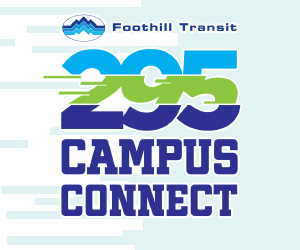Second-ring suburbs are at a crossroads, says Nathaniel Hood at Streets.mn. These aren't streetcar suburbs, but those that came after, where every home had a garage, the product of an era when driving was considered a symbol of American prosperity.

With infrastructure maintenance costs rising with age, and no room for more sprawl, these areas must either "build up" or face the possibility of decline, Hood says. But change is difficult. The Minneapolis second-ring suburb of Minnetonka recently had an opportunity to evolve, when presented with a plan for a mixed-use retail center. Instead the town conceded to NIMBY arguments against it, including concerns about parking and traffic.
Hood says the struggle between stability and change will define these places in the coming years:
Aging suburbia is going through an identity crisis. It’s bipolar. Existing residents would like the place to stay much the same. New residents, including those who don’t live there yet, are demanding something else. The problem is that these places can’t continue to stay the same. Yet, the change is too difficult for many to swallow. This is why the default for most suburbs is decline. Growth isn’t built into their DNA.
For those living deep in the suburban pattern, new development doesn’t make your life better. Nearly the entire housing stock of second-ring suburbs is designed in a way that the lack of development is the best option. If a home’s ideal is to be disconnected, then anything near it – whether good or bad – that isn’t nature is taking away from that aesthetic.
Here in lies one of the biggest faults of suburbia: it’s not designed to change. In mature cities, as land values increased, the intensity of development would follow. That’s why downtown Minneapolis, which once had single family homes, now has blocks of towering skyscrapers. This change needs to occur.
The harsh reality is that these places will have to change or face an impending decline. Many first-ring suburbs, such as St. Louis Park, have decided to grow upwards. Will the second-ring follow suit?
Elsewhere on the Network today: Family Friendly Cities ponders why households with children are generally more dependent on cars. And Bike Portland reports the Oregon Department of Transportation has released a new app that will help it gather data on cycling in the state.






